chapter 15 – promotion means effective communication **some estimates suggest that 80% of the purchases made by the average supermarket sho
Chapter 15 – Promotion Means Effective Communication
**Some estimates suggest that 80% of the purchases made by the average
supermarket shopper are unplanned.
Odd places of promotion:
*
At the checkout line on a TV screen
*
Electronic bulletin boards advertising specials
*
Flashing buttons located on the shelves under featured products
can be pushed to play a 10 second commercial and dispense a coupon
*
One store has a video shopping cart…it can also have a map of the
store, compare prices and advertise products…cost - $100,000.00
per store…why do it? Customers can be persuaded to buy things.
Product Life Cycle –a theory of 4 different stages a product goes
through from beginning to end.
1.
Introduction - a new product is introduced, creators focus on
awareness
2.
Growth - the product starts to become popular, creators revise
and/or expand their product to attract new customers and keep old
ones.
3.
Maturity - people are starting to know about this product, there
is more competition…you can remain here for a while.
4.
Decline - the product is well known and established, competitors
become more popular and profits fall.
1.
Promotion as a form of communication
2.
Promotion as a form of communication
***Promotion is the marketing mix element that often comes to mind
when people think of marketing.
Promotion has 3 roles in marketing:
1.
To inform
2.
To persuade
3.
To remind
A.
The role of promotion in marketing
It is estimated that the average person is exposed to over 3,000
promotional messages every week. These occur through such media as
television, radio, direct mail, personal selling, coupons and rebate
offers.
Promotion – is any form of communication used to inform, persuade, or
remind consumers about an organization’s goods or services.
1. Inform - used highly when the product/service is in its
introductory stage of the product life cycle. It is also used when a
product is improved or reformulated…promotional messages are used to
inform consumers about changes to these products.
Ie: Johnson & Johnson created a promotional campaign to reach a new
segment of users – adults for its baby shampoo.
Arm & Hammer – created an informational campaign to get consumers to
put baking soda in refrigerators and on carpets. These are examples of
promotion in it roles of informing consumers.
2.
Persuade – attempts to encourage a customer to take a specific
action, such as purchasing a product. …used during the growth
stage of the product life cycle. This moves from informing the
customer about a product to persuading the customer to buy.
Persuasive promos often use coupons, rebates, or free samples to
provide additional incentives to buy.
2.
Remind – this is the final role of promotional activities.
Marketers remind consumers of how good their products taste, how
attractive their products look, or how their companies have
satisfied customers needs and wants in the past. Promotion that
reminds is frequently used during the maturity stage of the
product life cycle. Kellogg’s campaign to “taste them again for
the first time”, was an attempt to remind adults of the good
taste of their childhood cereals.
B. Promotion is a Communication Process
The communication process is the transfer of a message from a sender
to a receiver.
The communication process has 7 steps:
1.
A sender – the source of the message..may be a person or an
organization
Ie: Pepsi - ….”The Pepsi Generation” – it wants to convey the message
that people who drink Pepsi feel and behave as though they are young
at heart.
2.
Encoding by the sender – encoding is putting the message into
language or symbols that are familiar to the intended receiver.
Ie: Pepsi – creates TV ads using popular music, loud colors, and young
people doing exciting things to capture the attention of the target
audience.
3.
A message channel – the medium the sender chooses to transmit the
message…TV, radio, newspapers, magazines, direct mail, sales
presentation, or billboards.
Ie: Pepsi – puts ads on channels like MTV
4.
Decoding - interpreting the message or symbols and converting them
into concepts and ideas….even though it is received, it will not
necessarily be decoded correctly. When people received a message
they tend to manipulator, alter and modify the message to reflect
their own needs, biases, knowledge and culture. It is a constant
challenge for the sender and encoder of messages to assure that
their messages are appropriately decoded.
Here is an example of how some people don’t get the message intended…
http://youtu.be/443Vy3I0gJs
===========================
Official Coca-Cola "Big Game" Commercial 2014 - America Is Bea
==============================================================
http://youtu.be/SHFp3xM2WcA
===========================
controversy….Local News Anchorwoman Destroys Coke Ad Misinformation
===================================================================
5.
Receiver – the person or persons to whom the encoded message is
directed.
Ie: Pepsi – the receiver of Pepsi messages are selected from a broad
group of people identified as cola drinkers.
6.
Noise – the interference that can cause the message to be
interpreted by the receiver incorrectly. Examples of noise are
competing messages, misinterpretation, radio static, poor quality
printing or the use of ambiguous or unfamiliar words.
7.
Feedback or response – the receiver’s reaction or response to the
source’s message. This is how marketers measure the effectiveness
of their promotional strategies.
IE: Pepsi may choose to send a message through the newspaper that
includes a coupon to be redeemed for 50 cents off the purchase of a
six-pack of a new Pepsi product. Feedback doesn’t take place until the
receiver uses the coupon to purchase the product.
C. Types of Communication
1.
Interpersonal Communications – involves two or more people in some
kind of person-to-person exchange. Ie: personal selling
2.
Mass Communication – involves communicating to huge audiences,
usually through mass media such as magazines, radio, TV or
newspapers. Mass Comm. is one way..it doesn’t provide the audience
with a method of directly communicating with the sender.
2.
Types of Promotion
*
There are 4 common types of promotion: advertising, personal
selling, publicity and sales promotion.
A - _________________________________________
P- _________________________________________
P- _________________________________________
P- _________________________________________
A.
Advertising and Publicity
1. Advertising – any paid form of non-personal communication sent
through a mass medium by an organization about its products or
services. IE: TV, radio, internet, direct mail, outdoor advertising,
transit/vehicle advertising, magazines and newspapers.
Marketers are continually seeking new ways to capture the attention of
consumers…ads are now placed on hot air balloons, public restrooms
walls, gas pumps and recently on a rocket destined for space.
Advantages of Advertising:
*
Reaches millions of people at a relatively low cost per
person….ie: McDonalds 30-second commercial show at 8pm on a
Tuesday night costs $500,000…but 36 million viewers might see it
which would = 1.4 cents per viewer.
*
Advertisements can reach geographically diverse people at the
same time
*
The combination of color, print, sound and motion can make you
cry, laugh, feel nostalgic, or even angry. Advertising is a very
expressive form of promotion.
*
Advertising can repeat the message to you many times. Ie:
McDonalds tells you at 8 pm at night while you watch TV, in the
morning as you pass outdoor signs, while driving to work and
even in magazines or newspapers.
Disadvantages of Advertising:
*
Cost, though the cost per viewer is low, there is no escaping
the fact that McDonald’s pays millions of dollars to send its
messages through advertising.
*
The target audience might not be in the right place to receive
the message. …they might tape the show and not watch the
commercials, turn off the radio or switch stations.
*
Advertising’s impersonal nature…it communicates to you, but you
cannot respond immediately. Feedback returns to the advertiser
very slowly, in terms of increased or decreased sales or other
consumer actions.
2. Publicity – is a non-paid form of communication about a business or
organization or its products and services that is transmitted through
a mass medium. Publicity is often a news story about an organization
or its products or services. Although publicity is free, there are
costs associated with it to cover the cost of a publicity or public
relations department with staff members.
Advantages of Publicity:
*
Goodwill it creates for an organization, product or service. Good
will is the customer’s position feelings about an organization,
product or service. Ie: Disney – works hard to maintain a positive
image as a good, wholesome source for family entertainment.
Disadvantages of Publicity:
*
The organization has little control over it. They cannot cancel
or change the reports…the same car co that enjoys publicity when
the media reports new safety features doesn’t welcome a report
about the high incidence of accidents with its cars.
3.
Personal Selling – person to person communication with potential
customers in an effort to inform, persuade or remind them to
purchase an organization’s products or services.
*
Requires a large amount of information about the product or
service.
*
It also requires a lot of follow up even after the sale so the
customer will come back.
Advantages of Personal Selling:
*
Personal Contact
*
With personal contact, feedback from the customer is immediate.
Disadvantages of Personal Selling:
*
The per-person cost is high…reaching one customer at a time is
expensive, especially because it take more than just one visit,
phone call to make a sale…ie: insurance, car sales, real estate,
computer sales….
4.
Sales Promotion – activities or materials that offer consumers a
direct incentive to buy a good or service. Such as: coupons,
sweepstakes, contests, free samples and rebates.
Youtube video on sales promotion…
Promotion - Sales Promotion
http://youtube/BDcTSTMKfbE
Advantages of Sales Promotion:
*
It generates immediate, short-term sales. The offer is enough to
make the customer buy one, but maybe not twice.
*
Its use to support other parts of the promotional campaign. Ie: an
ad introduces a new fat-free ice cream. Later that week, the
customer receives a coupon in the mall for the ice cream. Then
when they are shopping a representative of the ice cream company
is offering free samples.
Disadvantages of Sales Promotion:
*
The cost is high…ie: over $90 billion is spent every year on sales
promotion activities….if the promotion doesn’t result in an
increase in sale, then they will lose money on the product or
service.
2.
Mixing the Promotional Plan
B.
The promotional mix – This is a blend of all elements:
advertising, sales promotion, personal selling and publicity.
Before you can decide on what your promotional mix is going to be, you
must consider all of the following:
1.
Marketing Mix – the 4 P’s
2.
Target Market – who are you trying to meet?
3.
Policy and Objectives – are there corporate policies you can’t go
against?
4.
Resources – how much money can you spend?
C.
Promotional Planning
1.
These are the Steps in Promotional Planning
a.
Analyze the Market
b.
Identify the Target Market
c.
Develop Promotional Objectives
d.
Develop a Promotional Budget
e.
Select the Promotion Mix
f.
Implement the Promotional Plan
g.
Evaluate the Results
 COURTNEY E DUROCHER 15 ELM STREET WAKEFIELD RI 02879
COURTNEY E DUROCHER 15 ELM STREET WAKEFIELD RI 02879 FORMATO SOLICITUD DE MODIFICACIÓN DEL PGA SOLICITUD DE MODIFICACIÓN
FORMATO SOLICITUD DE MODIFICACIÓN DEL PGA SOLICITUD DE MODIFICACIÓN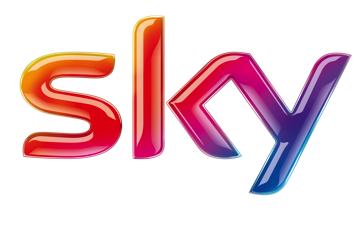 EDITORIAL SPECIFICATION FOR NONSCRIPTED PRODUCTIONS PRODUCTION COMPANY [INSERT NAME
EDITORIAL SPECIFICATION FOR NONSCRIPTED PRODUCTIONS PRODUCTION COMPANY [INSERT NAME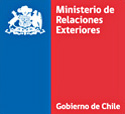 RESPUESTA DEL ESTADO DE CHILE DOCUMENTO ELABORADO POR EL
RESPUESTA DEL ESTADO DE CHILE DOCUMENTO ELABORADO POR EL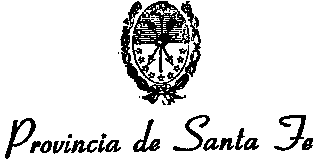 MINISTERIO DE EDUCACIÓN RESOLUCIÓN Nº 476 SANTA FE
MINISTERIO DE EDUCACIÓN RESOLUCIÓN Nº 476 SANTA FE CURSO BÁSICO DE CIENCIA Y TECNOLOGÍA NUCLEAR WWWREUNIONANUALSNE WWWSNEES
CURSO BÁSICO DE CIENCIA Y TECNOLOGÍA NUCLEAR WWWREUNIONANUALSNE WWWSNEES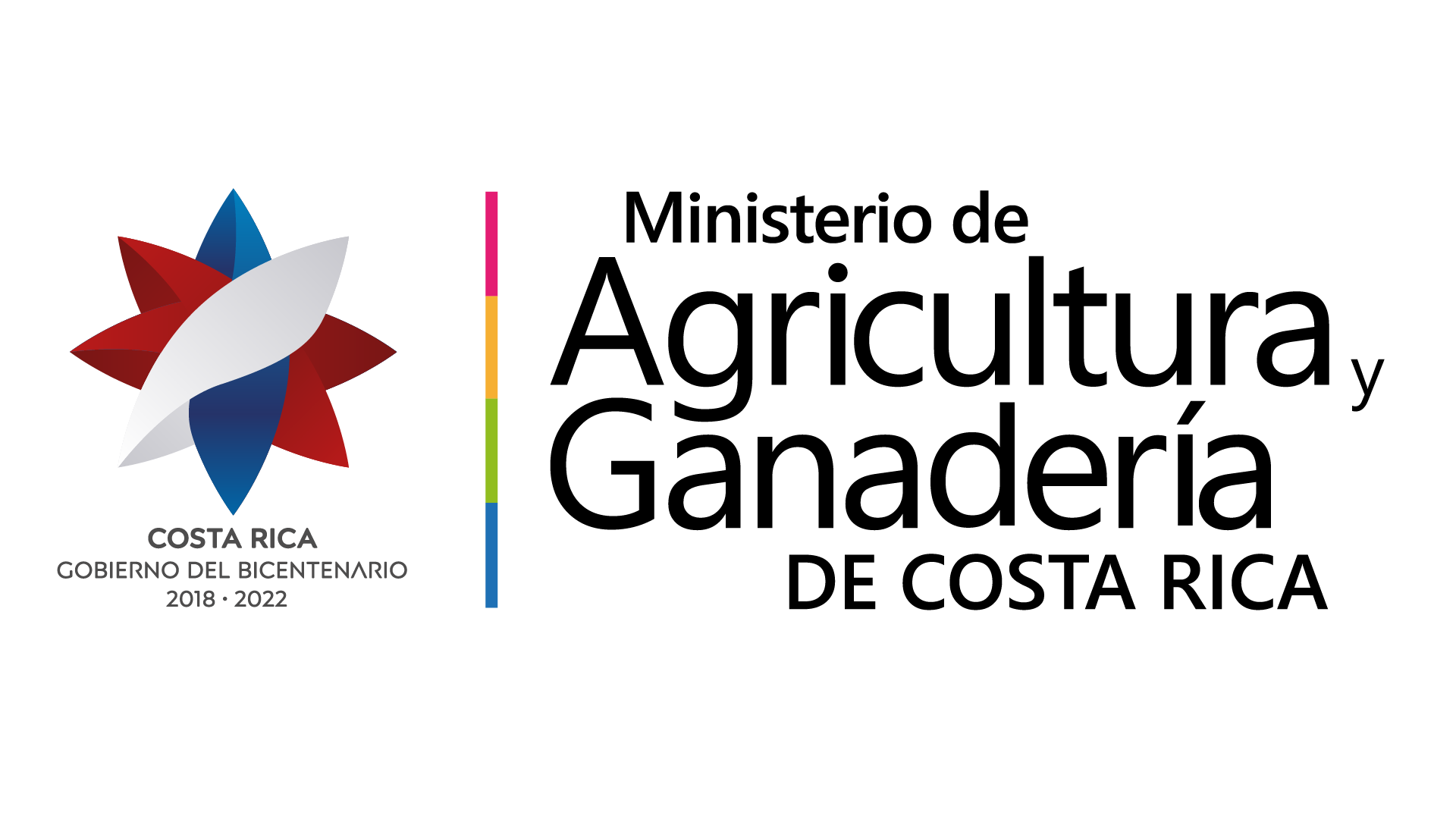 S ISTEMA DE GESTIÓN DE CALIDAD FORMULARIO 7F127 EVALUACIÓN
S ISTEMA DE GESTIÓN DE CALIDAD FORMULARIO 7F127 EVALUACIÓN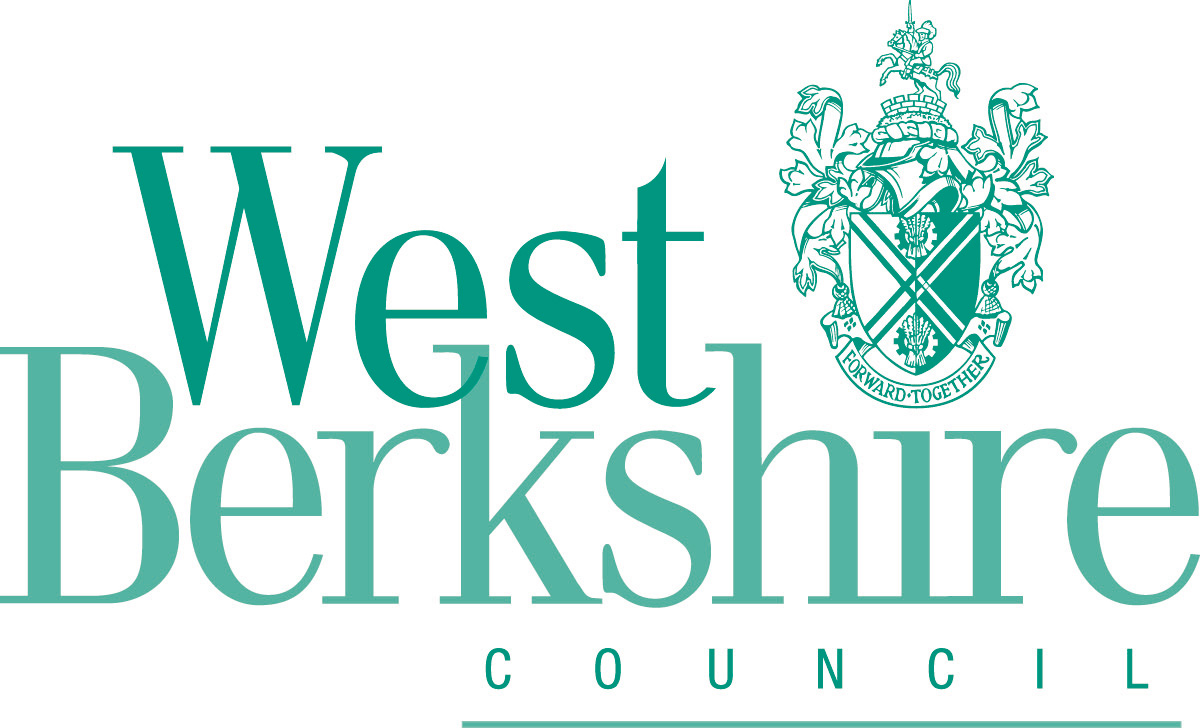 DEVELOPING POTENTIALLY CONTAMINATED LAND A GUIDE FOR DEVELOPERS WEST
DEVELOPING POTENTIALLY CONTAMINATED LAND A GUIDE FOR DEVELOPERS WEST